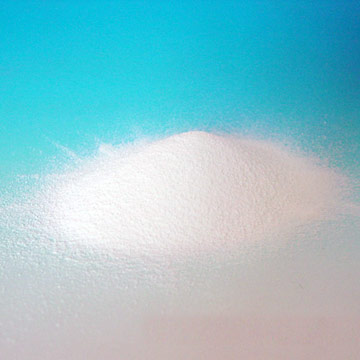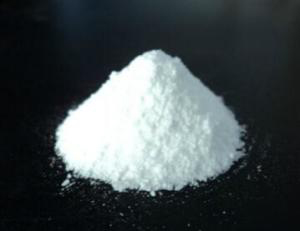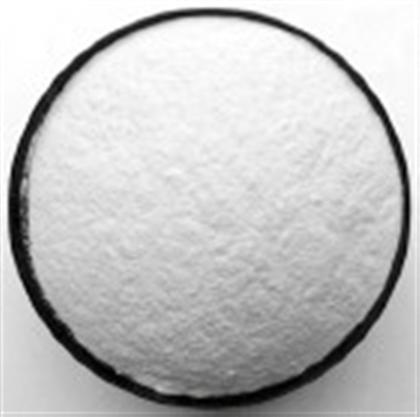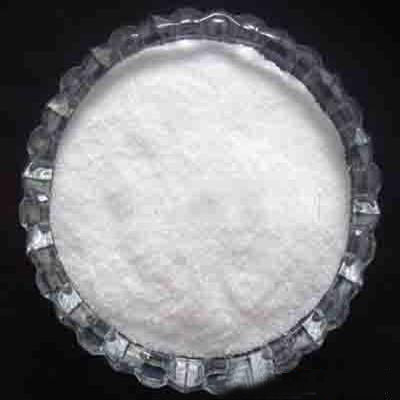
Ascorbic Acid

Ascorbic Acid
Introduction.:
Vitamins are substances that play an essential part in animal metabolic processes, but which the animals cannot synthesize. In their absence the animal develops certain deficiency diseases or other abnormal conditions. Vitamins are chemicals other than proteins, carbohydrates, fats and mineral salts that are essential constituents of the food of animals. Although certain animals can synthesize certain vitamins and all animals needing vitamin D can manufacture it from ergosterol in the presence of u.v. light, the precise mechanism of action of many vitamins is still poorly understood. Small amounts of vitamins are essential for the regulation of all bodily processes. With the exception of vitamin D, the human body cannot make its own vitamins, and some cannot be stored. Vitamins must therefore be obtained from a food on a daily basis. A person's diet must provide all the necessary vitamins.
Vitamin C or Ascorbic acid is the enolic form of 3-oxo-L-gulofuranolactone. It can be prepared by synthesis from glucose, or extracted from plant sources such as rose hips, blackcurrants or citrus fruits. It is easily oxidized in air. It is essential for the formation of collagen and intercellular material, bone and teeth and for the healing of wounds. It helps maintain elasticity of the skin aids the absorption of iron and improves resistance to infection. It is used in the treatment of scurvy. May prevent the occurrence and development of cancer.
Man is one of the few mammals unable to manufacture ascorbic acid in his liver.
Good sources of Vitamin C are Broccoli, Brussels sprouts, cauliflower, cabbage, mangetout, green leafy vegetables, red peppers, chilies, watercress, parsley, blackcurrants, strawberries, kiwi fruit, guavas, and citrus fruit.
Product Identification.:
Product name: Ascorbic Acid
Synonyms: L-Ascorbic acid; Vitamin C; L-Threo-2, 3, 4, 5, 6-pentahydroxy-1-hexenoic acid-4-lactone
Molecular Formula: C6H8O6
Molecular Weight: 176.12
CASE NO: 50-81-7
Physical & Chemical Properties.:
It is odorless or almost odorless.
It has a pleasant, sharp acidic taste.
It is freely soluble in water and sparingly soluble in ethanol. It is practically insoluble in ether and chloroform.
Ascorbic acid has pKa values of 4.2 and 11.6.
Ascorbic acid has a melting temperature of 190°C with decomposition.
A 5% solution in water has a pH of 2.2- 2.5.
In impure preparations and in many natural products the vitamin oxidizes on exposure to air and light.
Ascorbic acid solution is rapidly oxidized in air and alkaline media. Ascorbic acid gradually darkens upon exposure to light; however slight coloration does not impair the therapeutic activity of ascorbic acid injection. Even in the absence of light, ascorbic acid is gradually degraded on exposure to a humid atmosphere, the decomposition being faster at higher temperatures. In concentrations greater than 100 mg/mL, ascorbic acid may undergo decomposition with the production of carbon dioxide. Since increased pressure may develop after prolonged storage, ampules containing ascorbic acid injection should be opened carefully.
|
Ascorbic Acid Quality standard | |
|
Item |
Index |
|
Characteristic |
white crystalline powder |
|
Melting point |
190-192 ℃ |
|
Specific rotation |
+21.0 |
|
Identification |
Conforms |
|
Assay |
≥99.0% |
|
Clarity of solution |
Fine |
|
Colour of solution(A420nm) |
A≤0.03 |
|
Residue on ignition |
≤0.1% |
|
Ferrite |
≤2ppm |
|
Copper |
≤5ppm |
|
Heavy metals |
≤10ppm |
Application.:
1. In the pharmaceutical industry
(1) It can be for the treatment of scurvy, and also can be used for a variety of acute and chronic infectious diseases such as adjuvant therapy and purpura.
(2) In the treatment of chronic iron poisoning: Vitamin C promotes the sequestration of Amine iron with iron, and accelerates to out iron.
(3) Used in the treatment of hypochromia.
(4) The following cases need to increase the requirements of vitamin C:
① The chronic hemodialysis patients, gastrointestinal diseases (long-term diarrhea, stomach or after ileum), tuberculosis, cancer, ulcer disease, hyperthyroidism, fever, infection, trauma, burns, surgery, etc.
② Because of strict diet control or choose to receive parenteral nutrition of patients, or because of malnutrition, weight dropped, as well as during pregnancy and lactation;
③ Use the barbiturates, tetracycline, salicylic acid type, or vitamin C as a urinary acidification medicine.
2. In the health care
The laborers, athletes, obesity, oral contraceptives, pregnant women, nursing mothers, the elderly, the body under greater pressure, long-term smokers, and the people who exposures to toxic and harmful chemicals usually, particularly to the lack of VC, must be given more To add.
3. In food additives and food nutrition Enhancer
VC has been used for food. It is a necessary nutrients in the body, is a strong antioxidant, adding VC both in food and nutrition to strengthen anti-degeneration, preservation, such as dual role. China's VC has been included in the state, "Food Nutrition Enhancer", the national standards for GB19880-94
VC can be developed varieties in the food industry as below:
² meat products (sausages, burning meat, canned luncheon meat)
² Bread (baked expanders), VC steamed bread, VC biscuits, VC cake.
² Beer (improve clarity)
² Juice, VC jelly, VC citrus drinks, VC wine, VC wine.
² Frozen food (ice-cream series of hard drinks, frozen vegetables)
² Condiments (jams, vinegar, pickles, tomato sauce)
² Preservative (vegetables, fruits, fish, meat)
² Milk, milk powder, and Mai Rujing.
² Cooking oil antioxidant
² Tea flavor improver
² flour, and rice noodles.
4. VC for beauty
Prevent or eliminate the black spot of skin, repair skin scar and maintain skin elasticity、whitening and healthy.
5. VC used in animal husbandry and aquaculture industry
VC can be added to promote the growth of young animals, the prevention of animal skin, hair removal, skin thickening and scurvy, and is conducive to raising the hens laying performance, improved high-yielding cows, chickens and rapid growth in high-density keeping the Animal production performance. VC also can prevent the physical deformities of fish、internal bleeding,、skin black、Black Fin、inactive、prominent eyes、ascites、anemia、poor growth、and so on. At present such applications on very active.
6, VC other uses
VC has a certain purpose in agriculture, metallurgy, colour film, dyes, paper, detergents, hair dye, hair agent, deodorant, microelectronics industry also.
Packing.:
N.W.25 kg carton or drum. Inside packing-edible polyethylene plastic film.
Or according to the requirement of customer.
Handling and Storage.:
Ascorbic acid should be protected from air and light and be stored in a tightly closed, non-metallic container.
Transport Information.:
It must be stored in the warehouse of ventilation, dry and shady and cool, and cannot be mixed with poisonous. The temperature must be not higher than 30℃.
Other Products

Products
Contactus
Zhengzhou Natural Chemical Co.,Ltd.
Contact Person (Sales department): Mr.Darwin Xu
Address: No.37, Huaihe Road, Erqi District, Zhengzhou City, Henan Province, P. R. China
Zhengzhou Henan China
Tel: ++86-371-68862691
Mobile Phone: 86-15517173183
Fax: ++86-371-68891652
Skype Name: zznccl




